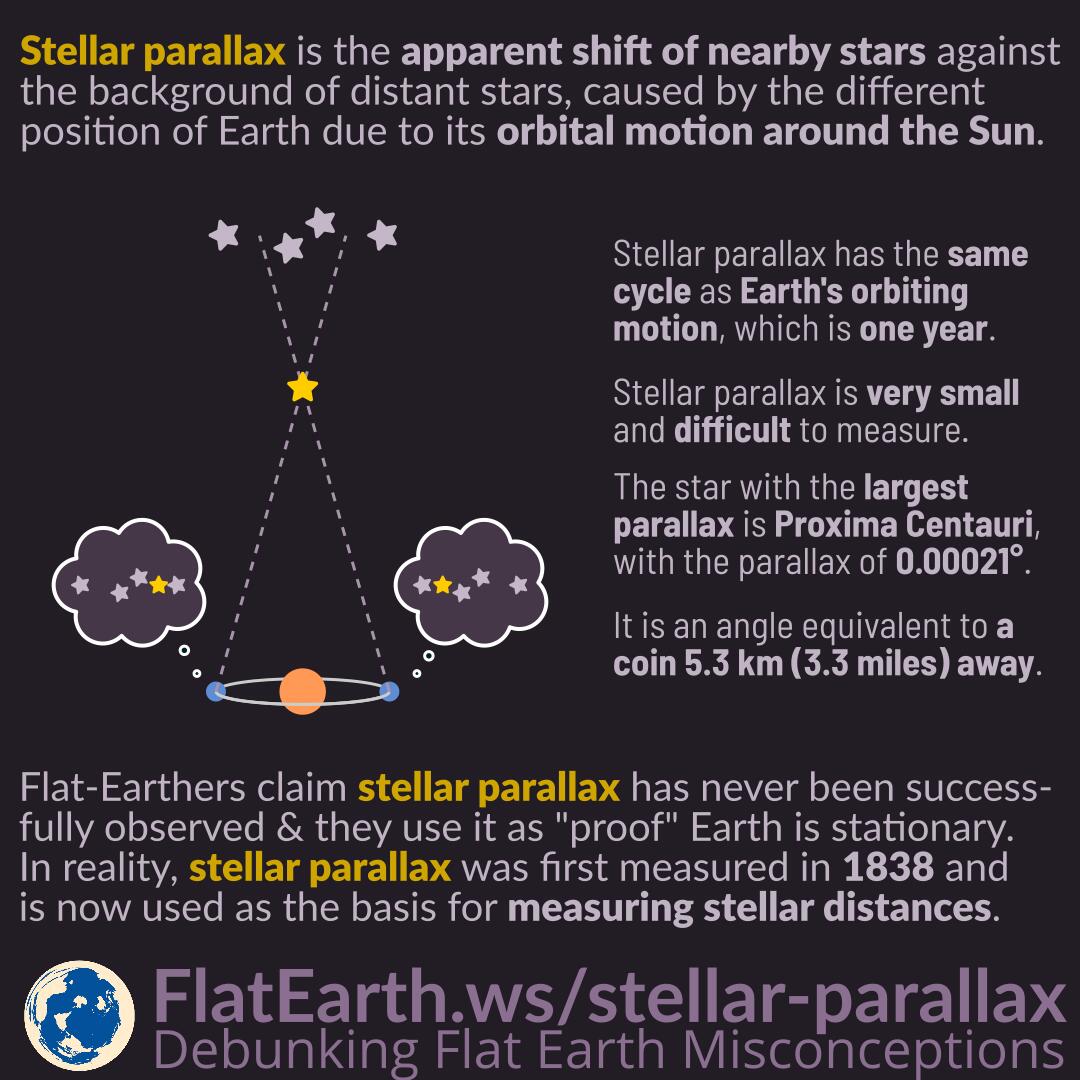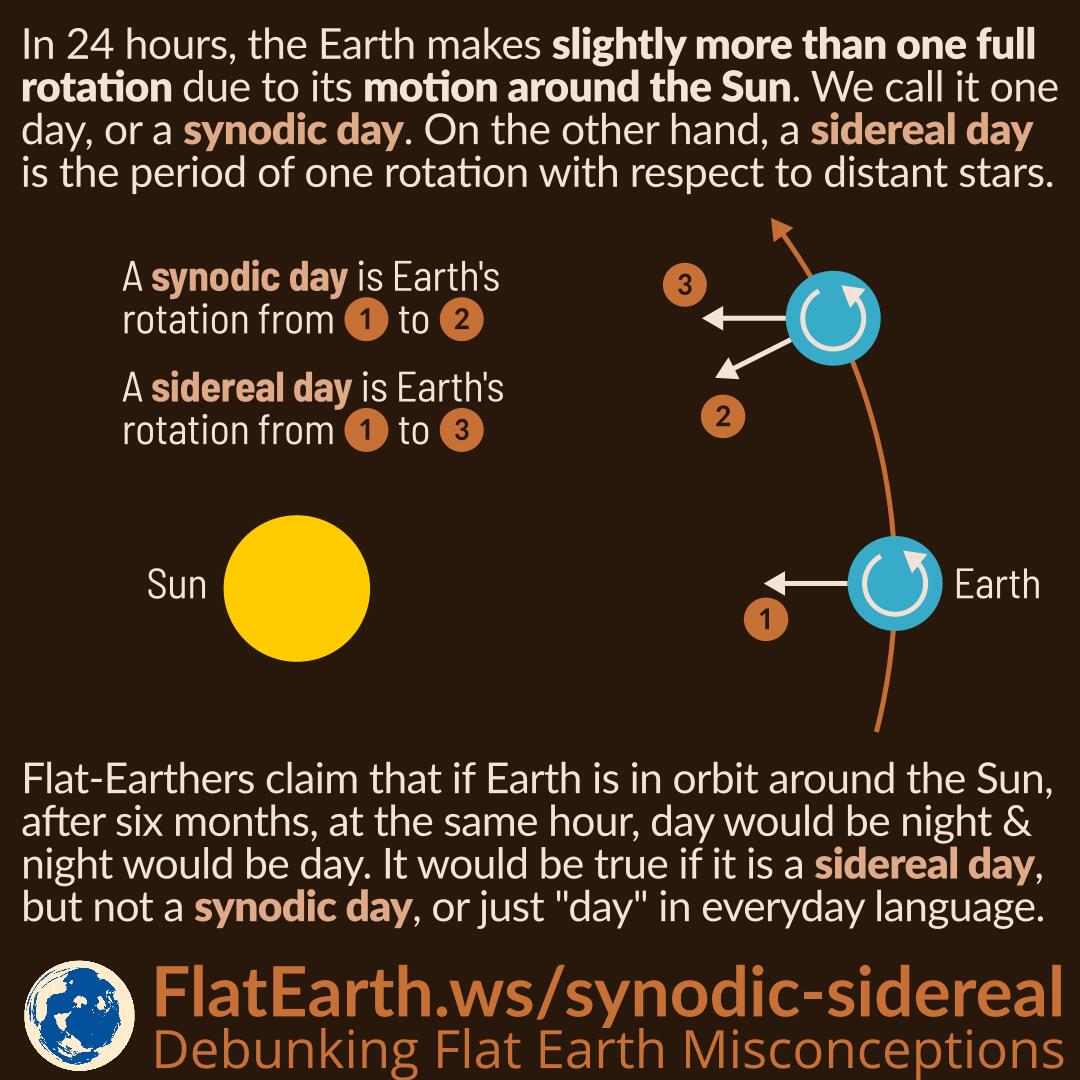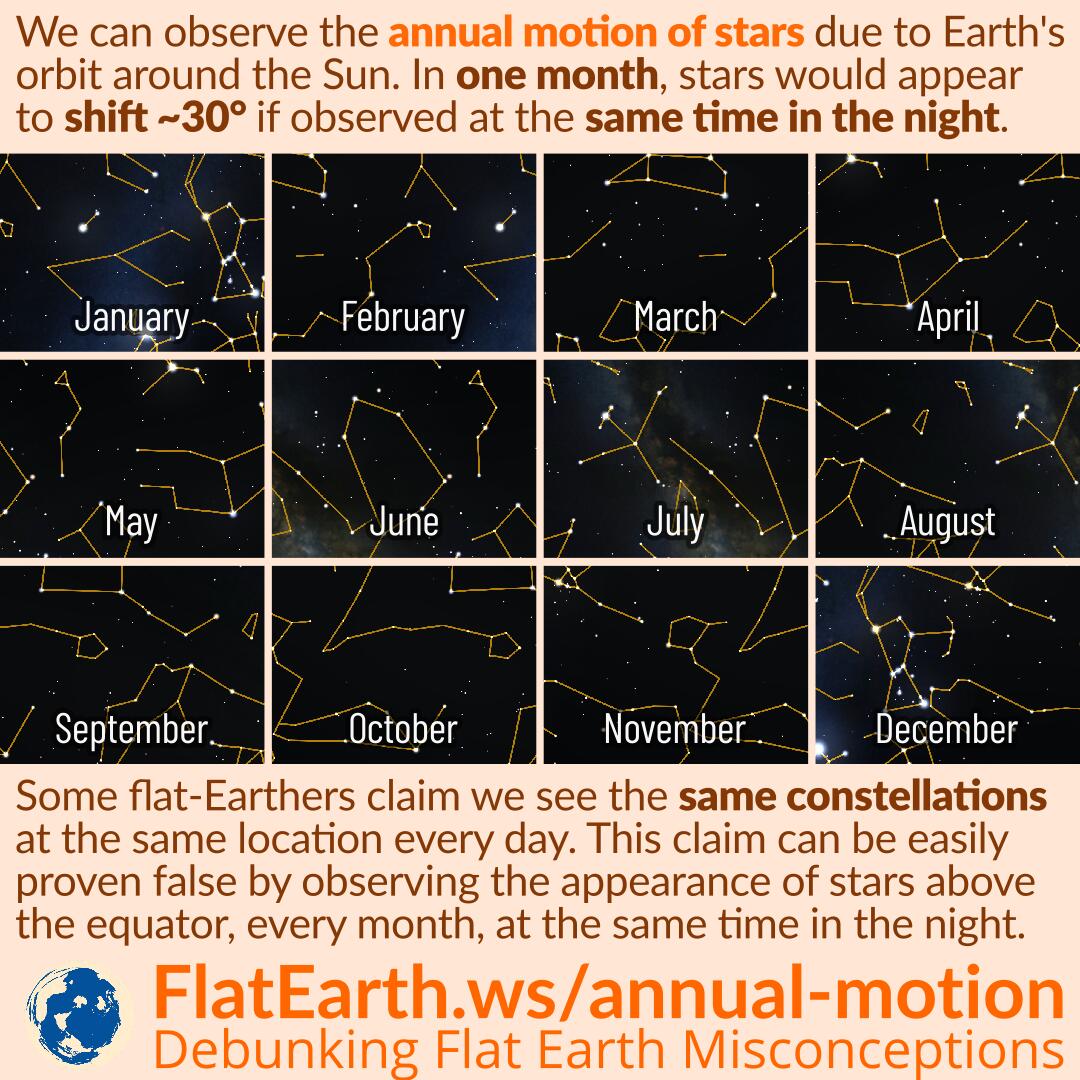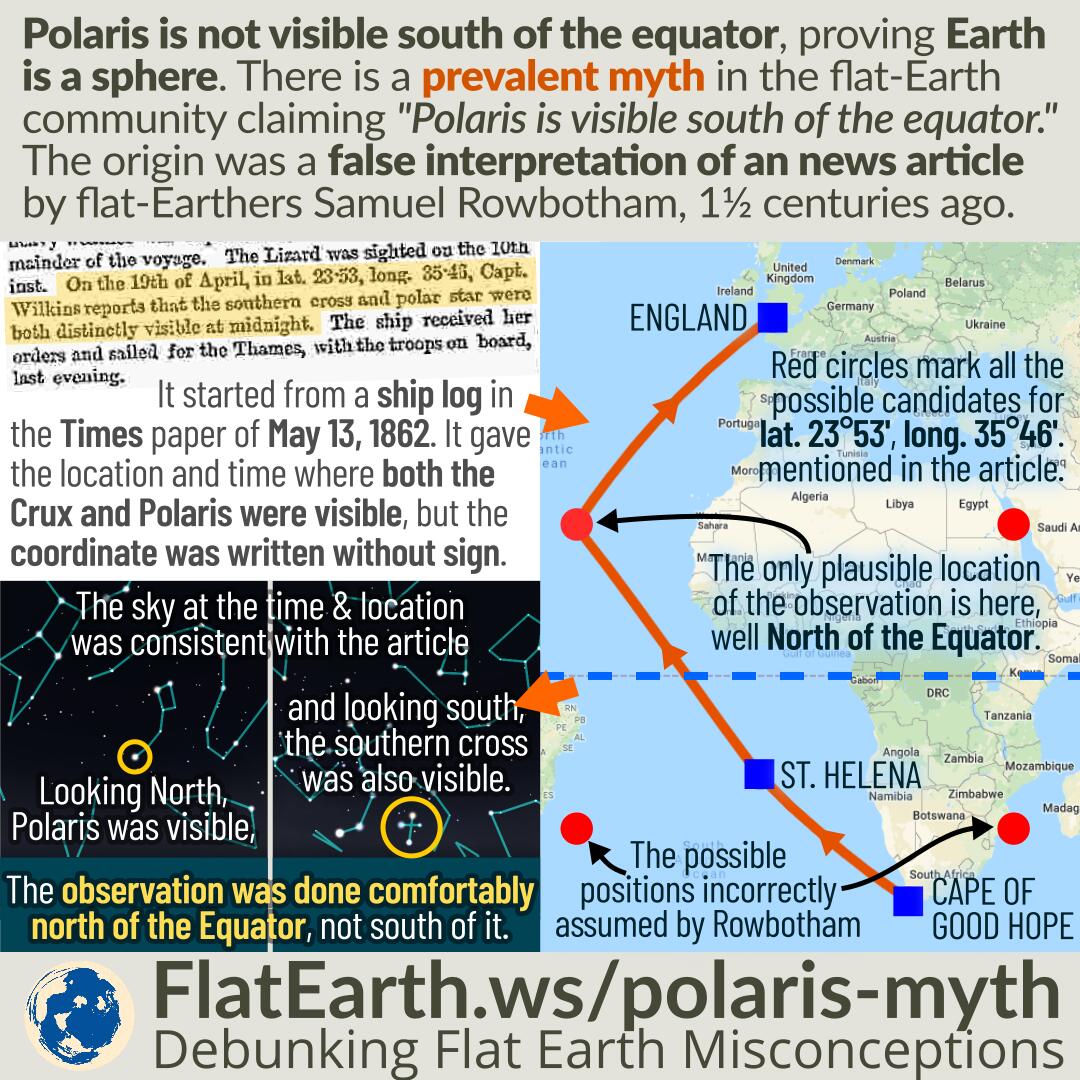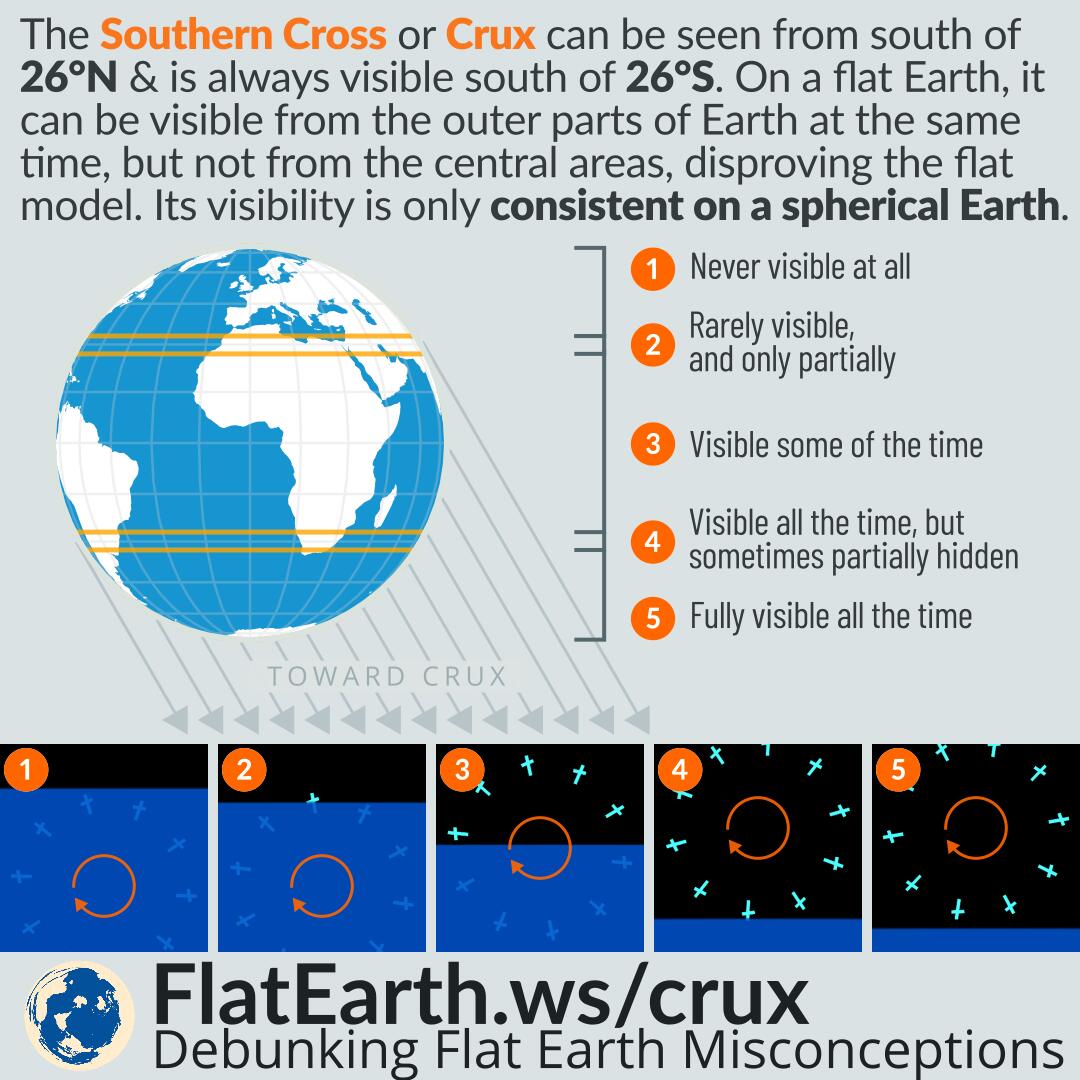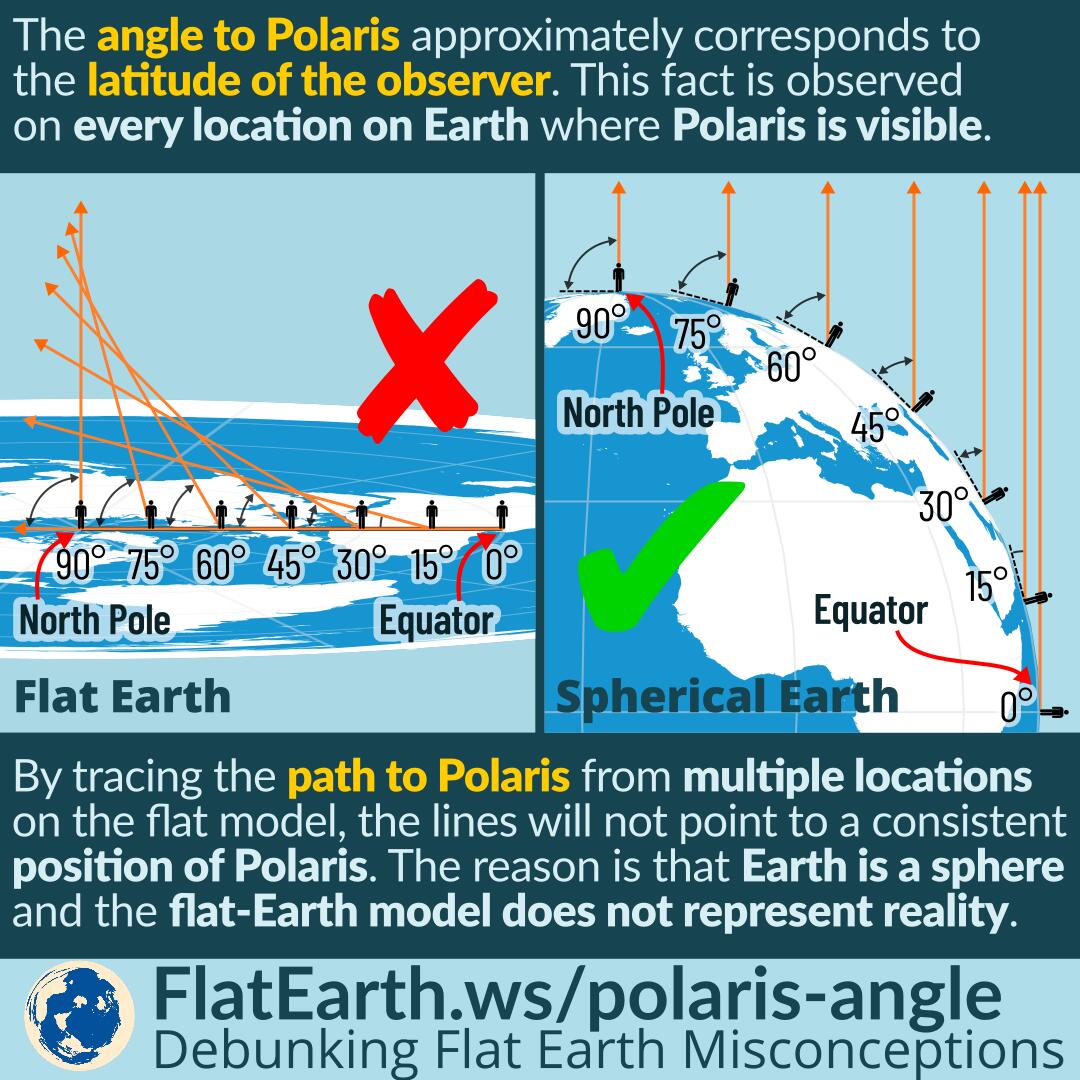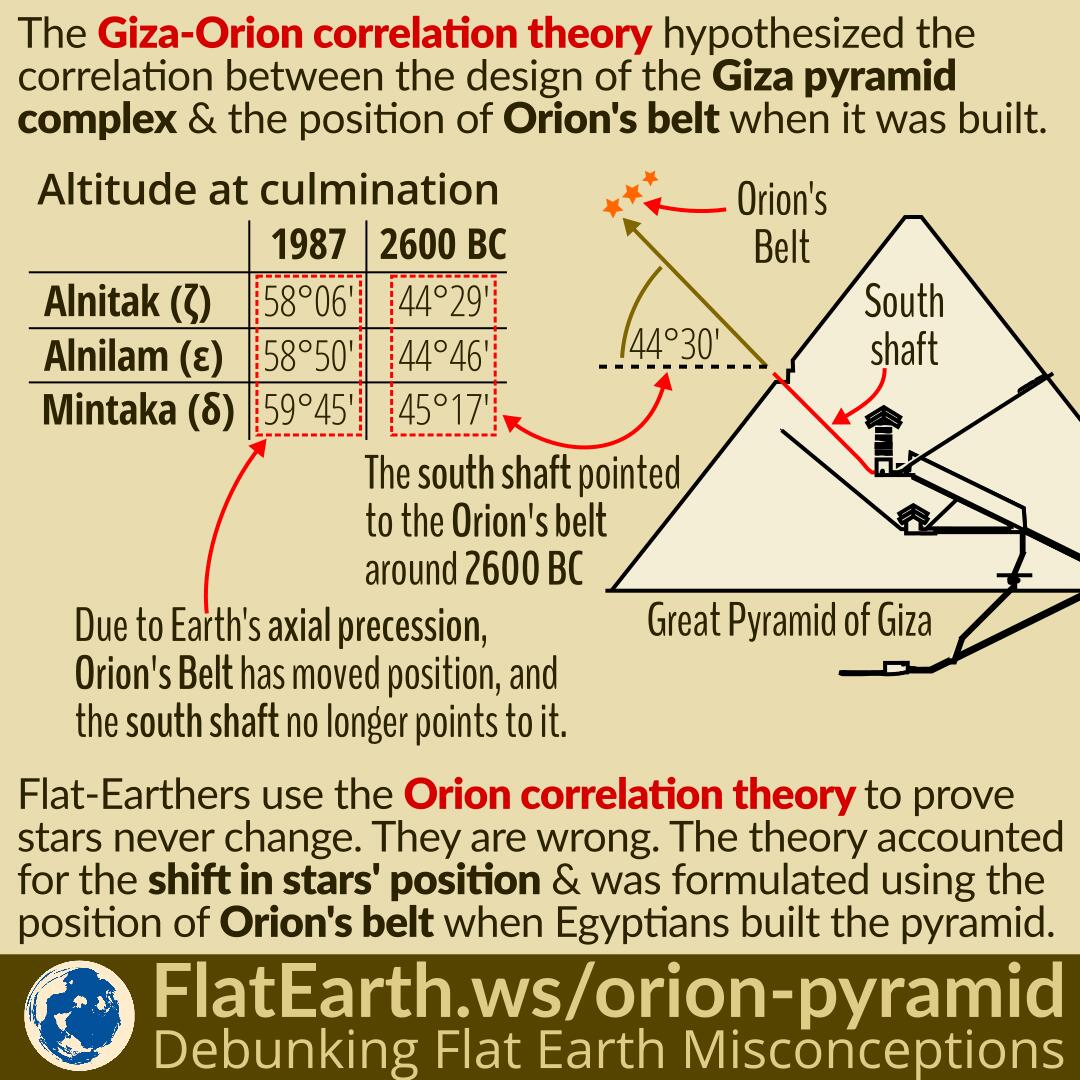Angular resolution is the minimum separation between distinguishable features in an image. Objects smaller than the angular resolution are indiscernible in the picture. The theoretical maximum angular resolution is determined by the diameter of the aperture of the optical instrument.
Flat-Earthers like to demand images of the lunar landers taken with a telescope as proof that the Apollo Moon landings did occur. In reality, no optical telescope on Earth is large enough to resolve the landers.






